Good riddance, robot trees, now let’s really go green on Pana
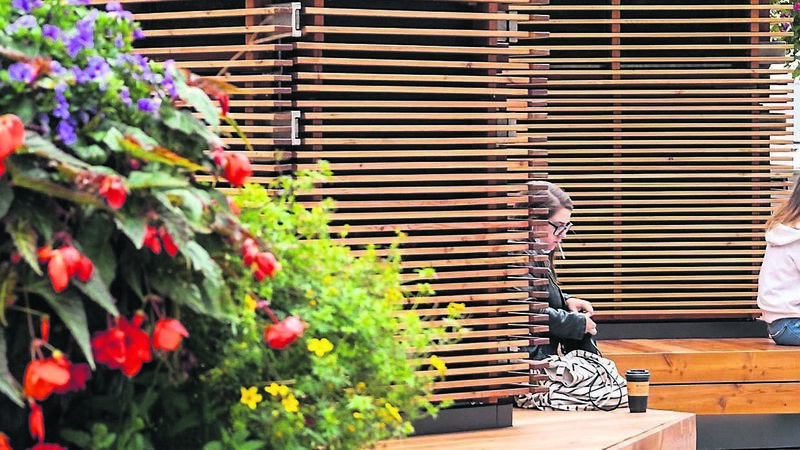
You get to admire the freshly- painted facelifts of places like North Main Street - looking well these days, notice the scaffolding on old buildings... fingers crossed it’s for housing.
And if you’re nosey like me, you can stop to squint at new planning notices - they’re planning how many houses in there?!
Last week, I sailed with the usual bugbear thoughts going through my head. ‘€8 million on a bridge to a building site!’ ‘What is BAM doing with the old tax office site?’ ‘When is the council finally going to develop the Grand Parade Hotel?’
But something was off.
Michael Collins was still there, about to mount his bike, the open top bus was ready to ferry the latest wave of tourists, the queue for Three Fools was as long as ever. So what was missing?
Praise be - the robot trees were gone. Hallelujah!
Where once there stood an ugly clump of woody tech trying to pass as environmental progress, now there is a large swathe of plywood, like an embarrassingly mis-shaved patch, filling the gap in the benches, marking the €350,000 moss-and-electronics experiment.
The robot trees were moss-filled wooden towers meant to absorb air pollutants, monitor the surrounding air quality, and display real-time air quality data and other Cork City Council messaging. But now they are gone.
I wrote: “We have to turn our back on our consumerist urges for shiny, new things, and say goodbye to needless products that eventually become unwanted junk in our attic.”
And now? They’re being put into storage. (How big is the attic in City Hall?)
I’ll resist the urge to say “I told you so” - but please say we’ve learned something for next time?
In The Echo last week, Cork City Council staff said the robot trees were a pilot project that had not been as successful in removing pollutants as expected, but were not a failure.
Spending €350,000 of public money on something that didn’t work as well as expected for less than four years could hardly be described as a success. Maybe we can call it a ‘learning exercise’.
It’s not just about the money. It’s also about the hours spent by council staff on the project, time that could have been spent on initiatives with proven impact, like those that actually reduce car usage and improve air quality.
Car-free Patrick Street?
My big idea? Let’s make Patrick Street a proper car-free zone. Leave it to buses, bikes, and taxis.
Forget the confusing, poorly policed afternoon Pana ban, just get rid of cars off Patrick Street for good.
For a fraction of the robot trees’ price tag, we could get a local printer to whip up signs that communicate this clearly:
“No cars on Patrick Street”
“Are you driving a bus, taxi or bike? If not, turn back!”
Or something more attention-grabbing?
“Not Even Roy Keane Can Drive Here – Turn Left!” or
“Drive Down Patrick Street? You will, ya!” (Maybe too confusing for tourists, but you get the idea.)
Bike Library
Their focus is on getting us out of cars and onto buses, bikes and footpaths.
What if €350,000 had gone into something like a Bike Library - an initiative that allows people borrow electric and cargo bikes through local schools, GAA clubs or businesses?
It’s a chance to ‘try before you buy’ and see if using a cargo bike would suit and make the school, training or work commute easier, without the financial pressure of buying an expensive bike up front.
Dublin has a successful and ever-expanding Bike Library run by a UCD academic, Professor Francesco Pilla, with support from the NTA who are funding it because the library reduces car miles and encourages a permanent shift away from car dependency.
Some 65% of families who participated in the project said the service exceeded their expectations, and many took the plunge to invest in their own cargo bike.
There are even unused cargo bike lockers scattered around the city. But the momentum fizzled out. Let’s revive it!
More actual trees
Forgive me for stating the bleedin’ obvious, but more real trees in the city centre would have been a better idea from the start.
Every child in Cork should know our native trees, have a chance to see the blooms of a hawthorn tree in the spring, or collect acorns under an oak in the autumn.
Let’s give kids a greener, cleaner, and more connected-to-nature city to grow up in. One with bikes, buses, birdsong - and not a robot tree in sight.
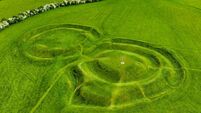
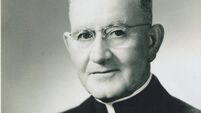
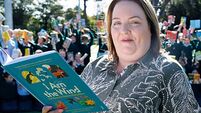
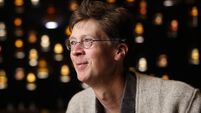
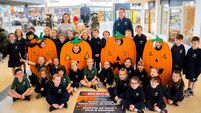
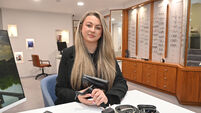

 App?
App?




